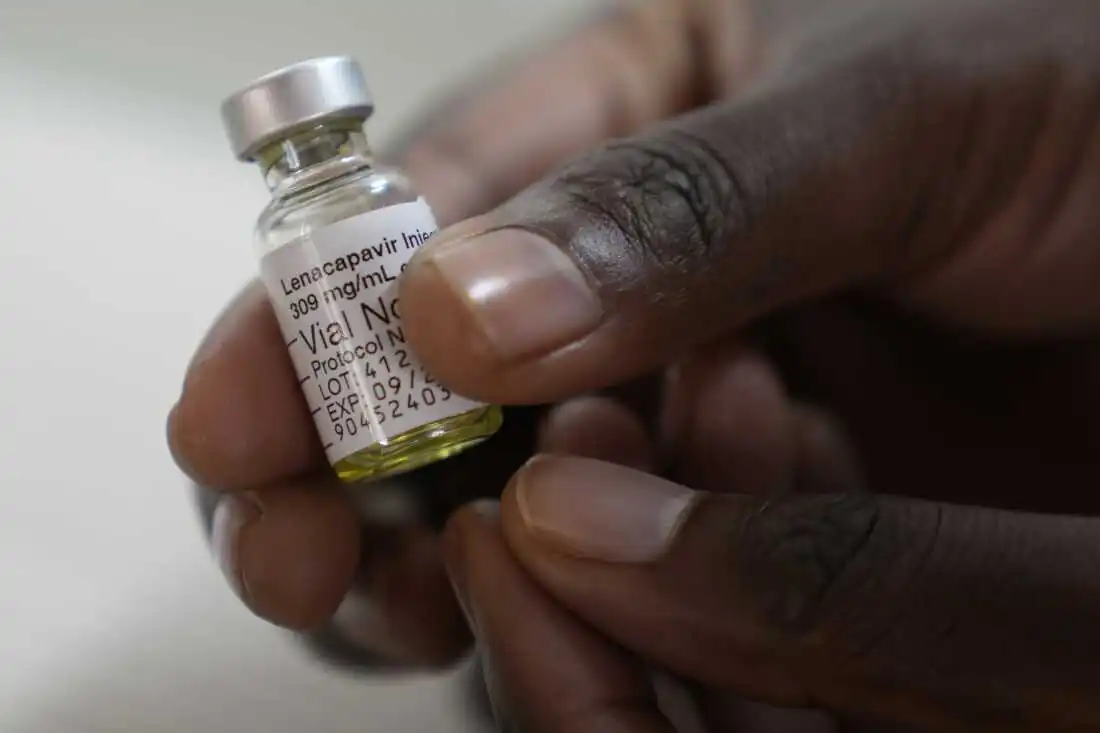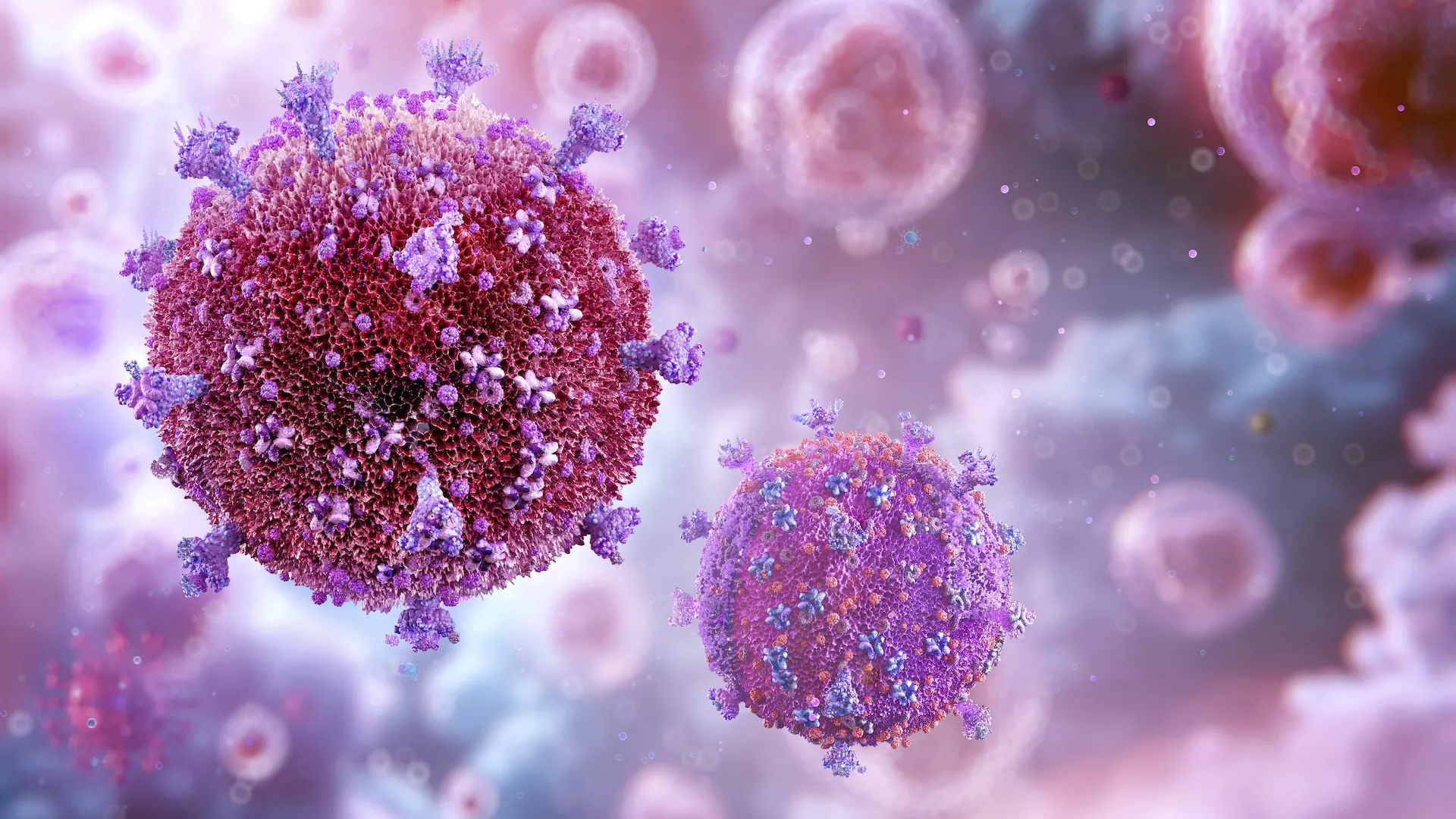The World Health Organization has given its backing to a revolutionary new injectable drug for HIV prevention, marking what could be the most significant breakthrough in the fight against HIV/AIDS in decades. This development comes at a time when the world desperately needs new tools to combat a virus that continues to claim lives and devastate communities, particularly in Africa and other developing regions.
Why This Matters Now
For over 40 years, the world has been fighting HIV/AIDS with limited success. Despite advances in treatment that have turned HIV from a death sentence into a manageable chronic condition, prevention has remained the holy grail. Daily pills for prevention, known as PrEP (Pre-Exposure Prophylaxis), have been available for years, but they come with a major problem: people often forget to take them or stop taking them altogether.
This is where the new injectable drug steps in. Rather than requiring daily commitment, this revolutionary treatment needs to be administered only once every six months. The implications are enormous. For people who struggle with daily medication routines, who face stigma when taking pills, or who simply want a more convenient option, this represents a life-changing alternative.
The Science Behind the Breakthrough
The injectable drug, called cabotegravir, works by blocking HIV from establishing itself in the body. Clinical trials have shown that it is significantly more effective than daily pills. In studies involving thousands of participants, the injection reduced HIV infections by up to 89% compared to daily pills. This level of protection is unprecedented in HIV prevention.
What makes this particularly impressive is the consistency of protection it offers. Unlike daily pills, which can lose effectiveness if doses are missed, the injectable drug maintains steady levels of protection for months at a time. This addresses one of the biggest challenges in HIV prevention: human behavior.
“This new injectable drug could be the game-changer we’ve been waiting for. It offers better protection than daily pills and removes the burden of daily medication from people’s lives.”
— Leading HIV researcher

The Human Side of the Story
Behind every statistic about HIV prevention is a real person, a family, a community. The daily pill regimen, while effective, has created challenges that go beyond medical compliance. Young people, particularly young women in Africa who are at highest risk, often face discrimination for carrying HIV prevention pills. There are cultural barriers, stigma, and practical difficulties that make consistent use nearly impossible.
The injectable drug changes this dynamic completely. A person can visit a healthcare provider twice a year, receive their injection, and have peace of mind for months. There are no pills to hide, no daily reminders of risk, and no opportunity for doses to be missed. This is prevention that fits into real life, not the other way around.
Addressing Global Inequality
Perhaps most importantly, this development comes at a time when HIV prevention efforts have been hampered by global inequality. The daily pills are expensive and often unavailable in the regions where they are needed most. The WHO’s backing of this new drug sends a clear message: innovation in HIV prevention must be accessible to everyone, not just those who can afford it.
The organization’s endorsement means that generic versions of the drug can be developed and distributed more quickly to developing countries. This is crucial because Africa, particularly sub-Saharan Africa, remains the epicenter of the HIV epidemic. Young women in this region are at particularly high risk, and they need prevention tools that work within their social and economic realities.
Challenges and Considerations
While the WHO’s backing is a major step forward, challenges remain. The injectable drug is currently more expensive than daily pills, and healthcare systems need to be prepared to administer it correctly. Training healthcare workers, ensuring proper storage and handling, and establishing regular injection schedules will all require investment and planning.
There are also questions about long-term effects that will need to be monitored. While clinical trials have shown the drug to be safe, widespread use will provide more data about its performance across different populations and over longer periods.
The Broader Impact on Public Health
This development represents more than just a new drug; it represents a shift in how we think about HIV prevention. For decades, the focus has been on educating people about risk and encouraging behavior change. While these remain important, the injectable drug acknowledges that effective prevention needs to work with human nature, not against it.
The success of this approach could also influence other areas of public health. The principle of long-acting treatments that reduce the burden on patients could be applied to other chronic conditions, potentially revolutionizing how we approach medication adherence across many diseases.

Looking Forward
The WHO’s endorsement is just the beginning. Now comes the challenging work of making this breakthrough available to those who need it most. This will require cooperation between governments, pharmaceutical companies, healthcare systems, and communities. It will require investment in infrastructure, training, and education.
But the potential impact is enormous. For the first time in decades, we have a prevention tool that could truly begin to turn the tide against HIV. In communities where HIV has devastated families and held back development, this drug offers genuine hope for a different future.
A Call to Action
The availability of this new injectable drug should be a wake-up call for the global community. We now have the tools to dramatically reduce new HIV infections. The question is whether we have the will to make them available to everyone who needs them. This is not just about medicine; it is about justice, equity, and the fundamental right to health.
The WHO has done its part by providing scientific backing. Now it is up to governments, organizations, and individuals to ensure that this breakthrough reaches the people who need it most. The fight against HIV is far from over, but with this new weapon in our arsenal, victory is finally within reach.
Stay woke. Stay tuned. Stay with AKEWE NEWS.